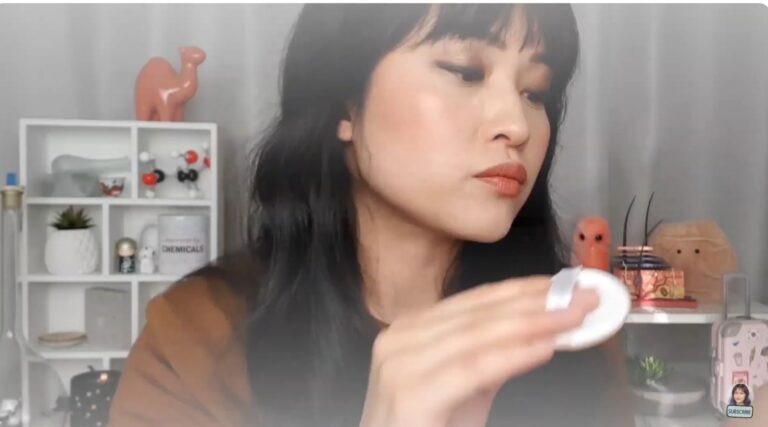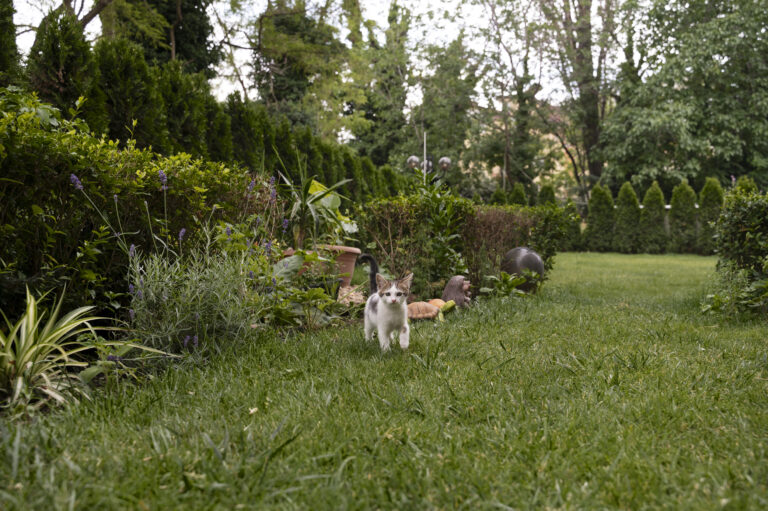What is the definition of a garden?
Understanding the Concept of a Garden A garden is a planned space where people grow plants. That simple definition, though, barely scratches the surface.
From a functional view, a garden gives us fresh herbs, fruits, vegetables, and even healing plants. From an aesthetic view, it’s a peaceful space that adds beauty to our homes and communities.
Gardens are living environments. Whether you’re planting tomatoes in a backyard bed or growing roses along a fence, you’re creating something that changes, blooms, and feeds life.
Personally, my first garden started with two small pots of basil and cilantro by my kitchen window. It wasn’t fancy.
But it gave me something real to care for, and it brought fresh flavor to my meals. That’s when I understood a garden is about connection.
Gardens in History and Culture
Gardens have existed in almost every culture for thousands of years. Ancient Egyptians built walled gardens near their homes to protect plants and provide shade.
In Asia, gardens often symbolized balance and inner peace. European estates during the Renaissance used gardens as a show of wealth and beauty.
Even today, you’ll find community gardens in New York City, tea gardens in Japan, and courtyard gardens in Mexico. Across time and geography, the garden remains a symbol of care, nourishment, and intention.
Gardening connects people to the land. It teaches patience. It creates meaning — especially when shared across generations. I still use planting techniques I learned from my grandfather in rural Virginia.
Why Gardening Still Matters Today
In our modern world, gardening offers more value than ever. It is not just about growing plants — it is about growing well-being.
-
Mental Health: Spending time with plants reduces stress, boosts mood, and promotes mindfulness. Even watering your plants can help you feel grounded.
-
Food Security: Homegrown food is cleaner, cheaper, and more sustainable. A single raised bed can supply salad greens for months.
-
Sustainability: Gardens reduce waste, limit pesticide use, and support pollinators like bees and butterflies. Small choices in your backyard can make a big difference.
Gardening also helps people disconnect from screens and reconnect with nature. You get real satisfaction when something you planted with your hands starts to grow.
So, whether you live in the suburbs or in a high-rise apartment, gardening gives you a personal way to be healthier, more mindful, and more self-reliant.
Classification of Gardens by Purpose
Gardens come in many styles, but at their core, they all serve a purpose — sometimes it is beauty, sometimes it is food, and often it is a mix of both. After working with different types of gardens for over five years, I have learned that choosing the right garden depends on what you want from it and how much space you have. Below is a helpful breakdown of garden types based on their purpose.
Ornamental Gardens
These gardens are all about visual appeal. They are created to add color, texture, and peaceful energy to a space. If you love the idea of walking outside and seeing something beautiful, this is where to start.
Flower Garden
A flower garden is designed to show off blooms throughout the seasons. It may include annuals like marigolds or perennials like roses and lavender. These gardens brighten up any yard and attract pollinators like butterflies.
Zen or Japanese Garden
This style focuses on simplicity and balance. You’ll often see sand, rocks, and carefully chosen plants arranged to invite quiet reflection. These gardens create a calm, meditative space that encourages mindfulness.
Rock Garden
A rock garden uses gravel, stones, and hardy, drought-tolerant plants. It is great for dry climates or low-maintenance yards. I built one in a sunny corner of my backyard where nothing else would grow, and it turned into one of my favorite spots.
Tropical Garden
Tropical gardens are full of bold greenery, colorful flowers, and plants that love humidity. Think banana plants, elephant ears, and ferns. They bring a lush, exotic feel and are popular in southern states or warm coastal areas.
Functional Gardens
These gardens have a job to do. Whether it’s feeding your family, seasoning your meals, or supporting wildlife, these setups are meant to be productive and practical.
Vegetable Garden
This is where you grow your food. Tomatoes, carrots, kale, and other vegetables thrive here. It is rewarding, cost-effective, and surprisingly easy to start. Raised beds or traditional rows both work well.
Herb Garden
Herb gardens are perfect for small spaces or beginners. I started mine with basil, rosemary, and mint in a few containers. You can keep them near the kitchen for easy access while cooking.
Fruit Garden or Orchard
Fruit gardens focus on growing trees or bushes that produce fruit. Apples, berries, grapes, and citrus are popular choices. These gardens take time to mature but offer long-term harvests once established.
Pollinator Garden
These gardens are designed to support bees, butterflies, and hummingbirds. They include native flowers, milkweed, and other nectar-rich plants. They help the environment and make the garden feel alive.
Space-Based Gardens
Not everyone has a backyard, but that doesn’t mean you can’t grow something. These garden types work well in limited spaces and adapt to urban living.
Container Garden
Container gardening is flexible and beginner-friendly. You can grow herbs, flowers, or even vegetables in pots on a balcony, patio, or porch. I’ve even grown lettuce in a five-gallon bucket.
Raised Bed Garden
Raised beds give you control over your soil, improve drainage, and reduce bending or kneeling. They are perfect for organized layouts and make gardening easier on your back.
Indoor Garden
Indoor gardens use grow lights or sunny windows to grow herbs, small vegetables, or houseplants year-round. If you don’t have outdoor space, this is a smart option that fits into your daily routine.
Vertical Garden
This style uses vertical space on walls or fences. Hanging planters, wall-mounted pots, and stacked planters let you grow more in less room. I’ve seen this done beautifully on small balconies and even inside kitchen walls.
Design Styles Across Cultures
Gardens are more than just plants in the ground. Around the world, garden design reflects deep cultural values, traditions, and artistic expression. Over the years, I have explored many garden styles while helping friends and clients shape their outdoor spaces. What I’ve learned is this: the way people garden tells you something about how they live, what they believe, and what they find beautiful.
Let’s explore some of the most iconic garden design styles from Europe and Asia that have stood the test of time.
European Garden Styles
English Cottage Garden
The English cottage garden is known for its wild, colorful, and informal beauty. It’s packed with flowers, herbs, and climbing vines all growing together in what looks like a natural jumble but is actually thoughtfully planted.
You often see roses, lavender, foxglove, and hollyhocks layered close together, attracting bees and butterflies.
This garden style feels romantic and homey. I once recreated a mini version of this in a front yard using native perennials and it gave the whole home a welcoming charm.
French Formal Garden
In contrast, the French formal garden is all about symmetry, control, and structure. Think of long paths lined with neatly trimmed hedges, shaped trees, and geometric flower beds.
These gardens are designed to impress and were popular among royalty in the 17th century.
You’ll still find them in public parks, palaces, and estates throughout Europe.
They require more maintenance but offer a dramatic and elegant look. If you appreciate order and balance, this style may speak to you.
Asian Garden Styles
Japanese Zen Garden
Japanese Zen gardens are built with mindfulness in mind. Instead of focusing on flowers, they use sand, rocks, moss, and carefully placed plants to create a peaceful scene.
These gardens invite quiet reflection and are meant to be viewed, not necessarily walked through.
I once helped a friend design a small Zen garden with raked gravel, three boulders, and bamboo in the background. It became their favorite spot to sit and unwind after work.
Chinese Scholar Garden
Chinese scholar gardens are rich with symbolism. They often include rocks, water features, bridges, and pavilions that represent harmony between humans and nature.
These gardens were designed as places for study, art, and deep thinking.
Unlike the simplicity of Zen gardens, Chinese gardens use contrast light and shadow, hard stone and soft water to stir imagination.
They are best suited for those who want more than just beauty from their space. These gardens tell stories.
Gardens across cultures are different, yet they all share one thing in common: they connect us to something greater than ourselves.
Whether you prefer a neat French layout, a dreamy English border, or the quiet presence of a Zen courtyard, there’s a garden style that fits your personality and space.
Frequently Asked Questions (FAQ)
What is the difference between a garden and a farm?
A garden is usually smaller and more personal. It is often part of a home or a community space where people grow plants for beauty, food, or relaxation.
A farm, on the other hand, is larger and operated to produce crops or raise animals for commercial purposes. I think of a garden as a creative space, while a farm is more business-focused.
Can you grow a garden without soil?
Yes, you absolutely can. I’ve grown lettuce, basil, and even cherry tomatoes using hydroponics. Soilless gardening uses water and nutrient-rich solutions to grow plants.
It works great indoors or where ground soil is poor or unavailable. It also reduces mess and pest problems.
Is a garden always outdoors?
Not at all. Many people grow indoor gardens in their kitchens, living rooms, or even on windowsills. I personally keep herbs like mint and oregano growing under LED grow lights right in my apartment. Indoor gardens are perfect if you have limited space or live in a cold climate.
What is the easiest garden type for beginners?
Container gardens are a great starting point. You only need a few pots, soil, and sunlight. Start with herbs or leafy greens like spinach.
They grow fast and need little maintenance. You can even move the pots around if you need to adjust for sunlight.
Can I start a garden on a rooftop?
Yes, rooftop gardens are becoming very popular in the United States, especially in cities. I helped a friend set one up in Brooklyn with raised beds and drip irrigation.
The key is to check the building’s weight limits and make sure there’s proper drainage. It is a smart way to grow food while making use of unused space.
Final Thoughts
A garden is more than a patch of plants. It is a living space that reflects care, patience, and purpose.
Whether you grow tomatoes in your backyard, herbs on your kitchen counter, or flowers in a small front yard, gardening gives you a sense of connection to nature.
Over the years, I have seen how gardening improves mental clarity, strengthens communities, and even cuts grocery costs.
It fits into every lifestyle, from rural homes to city balconies.
If you are just starting, do not overthink it. Choose one spot, one plant, and begin. Gardening welcomes all kinds of growers.
You do not need fancy tools or lots of land. You just need a little curiosity and care.
Let me know what type of garden you’re planning.
I would love to share tools, soil tips, or even help you pick your first seeds. Let’s grow something together.






